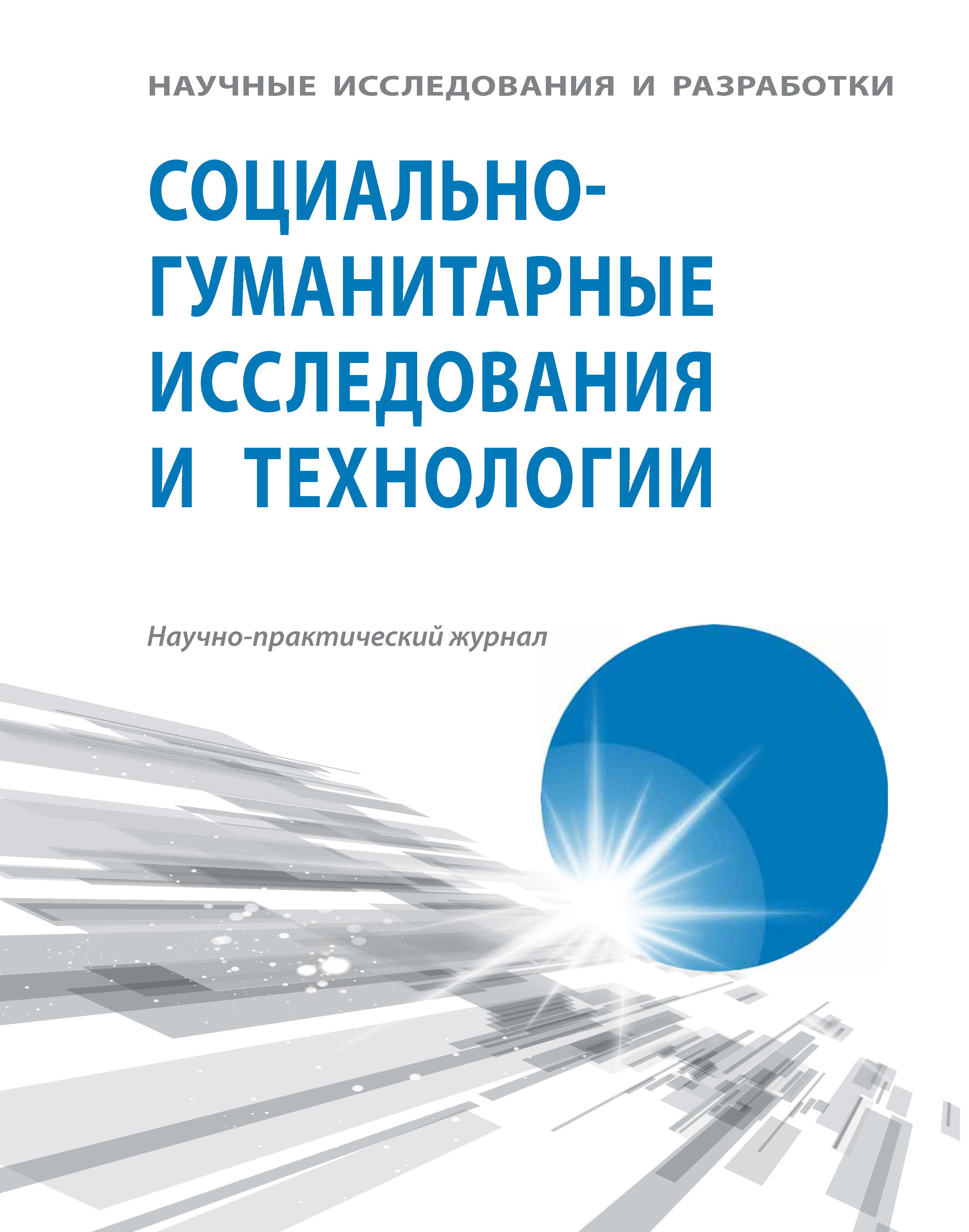from 01.01.1992 to 01.01.2025
Glazov, Izhevsk, Russian Federation
Improving the effectiveness of teaching physics involves determining the didactic complexity (DС) of various elements of the educational material. The proposed method of key concepts is used, which consists in identifying the most complex concepts in the text, formulas and calculating their average information capacity. To assess the semantic complexity of terms, we take into account the number of words in their definitions, the term's entry into the language picture of the world, and its abstraction degree. The applied methodology for evaluating the physics textbook DС is as follows: 1) for each sub-paragraph write out 10 key terms, knowledge of which is necessary for understanding the text and is an indicator of complete assimilation of the educational material; 2) collect all the selected keywords in a text file and arrange them into several categories of complexity; 3) with the help of a special program Slozhnost.pas accessing the dictionary Slovar.txt, analyze the files and determine the total amount of information contained in key concepts from different paragraphs, and their average information capacity; 4) for each paragraph, estimate the proportion of mathematical and other formulas in relation to the total volume of the text; 5) for each sub-paragraph, write out 5 key terms of maximum complexity used in mathematical formulas; 6) for each paragraph, create files containing keywords included in the formulas; 7) evaluate the complexity of each term and use the complexity program; 8) for each paragraph, determine the total amount of information in keywords and the coefficient of information folding; 9) randomly select sentences from different sections of the textbook, determine the average length of words and the average number of syllables in words, and find an complexity indicator of the sentence structure; 10) for each paragraph, calculate the differential and integral didactic complexity for text and formula information.
complexity, didactics, educational text, information, knowledge folding, physics, semantics
1. Barkov Yu.A. i dr. Kratkiy kurs obschey fiziki: ucheb. posobie / Yu.A. Barkov, G.N. Votinov, O.M. Zverev, A.V. Perminov. - Perm': Izd-vo Perm. nac. issled. politehn. un-ta, 2015. 407 s.
2. Batura T.V. Matematicheskaya lingvistika i avtomaticheskaya obrabotka tekstov: ucheb. posobie. - Novosib. gos. un-t. Novosibirsk: RIC NGU, 2016. 166 s. EDN: https://elibrary.ru/WOMTNJ
3. Velichkovskiy B.M. Kognitivnaya nauka: Osnovy psihologii poznaniya: v 2 t. T. 1. M.: Smysl: Izdatel'skiy centr “Akademiya”, 2006. 448 s.
4. Gel'fman E.G., Holodnaya M.A. Psihodidaktika shkol'nogo uchebnika. Intellektual'noe vospitanie uchaschihsya. SPb.: Piter, 2006. 384 s. EDN: https://elibrary.ru/PVNQXL
5. Kisel'nikov A.S. K probleme harakteristik teksta: chitabel'nost', po-nyatnost', slozhnost', trudnost' // Filologicheskie nauki. Voprosy teorii i praktiki. 2015. № 11 (53). Ch. 2. S. 79-84. EDN: https://elibrary.ru/UQFHUV
6. Kuznecov I.P. Mehanizmy obrabotki semanticheskoy informacii. - M.: Nauka, 1978. 174 s.
7. Lukov Val.A., Lukov Vl.A. Metodologiya tezaurusnogo podhoda: strategiya ponimaniya // Znanie. Ponimanie. Umenie. 2014. № 1. S. 18-35. EDN: https://elibrary.ru/SHQOFJ
8. Marchuk Yu.N. Komp'yuternaya lingvistika: ucheb. posobie. M.: AST; Vo-stok-Zapad, 2007. 317 s. EDN: https://elibrary.ru/VQNRPR
9. Mayer R.V. Metod ocenki didakticheskoy slozhnosti shkol'nyh uchebni-kov po razlichnym disciplinam // Standarty i monitoring v obrazovanii. № 5. 2020. S. 14-19. DOI: https://doi.org/10.12737/1998-1740-2020-14-19; EDN: https://elibrary.ru/GNXRQB
10. Mayer R.V. Nekotorye aspekty ocenivaniya kognitivnoy slozhnosti matematicheskih ponyatiy // Vestnik Omskogo gosudarstvennogo pedagogicheskogo universiteta. Gumanitarnye issledovaniya, 2020, № 3 (28). S. 122-126. DOI: https://doi.org/10.36809/2309-9380-2020-28-122-126; EDN: https://elibrary.ru/DGWXNV
11. Nevdah M.M. Issledovanie informacionnyh harakteristik uchebnogo teksta metodami mnogomernogo statisticheskogo analiza // Prikladnaya informa-tika. 2008. № 4. S. 117-130. EDN: https://elibrary.ru/JVIGPP
12. Mikk Ya.A. Optimizaciya slozhnosti uchebnogo teksta: V pomosch' avtoram i redaktoram. M.: Prosveschenie, 1981. 119 s.
13. Samsonov N.B., Chmyhova E.V., Davydov D.G. Razrabotka i aprobaciya lingvisticheskoy metodiki ocenki kognitivnoy slozhnosti nauchnouchebnogo tek-sta // Psihologicheskie issledovaniya. 2015. T. 8. № 41. S. 6. EDN: https://elibrary.ru/VHFQHX
14. Chernyahovskaya L.A. Smyslovaya struktura teksta i ee edinicy // Voprosy yazykoznaniya. 1983. № 6. S. 117-126.
15. White M.D., Marsh E.E. Content analysis: A flexible methodology // Library trends. 2006. Vol. 55. № 1. pp. 22-45.







